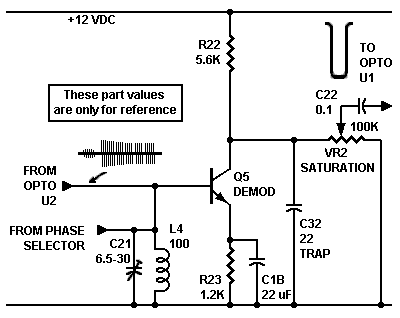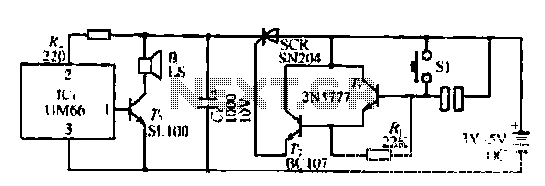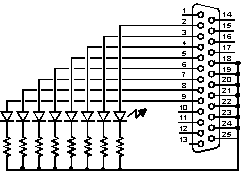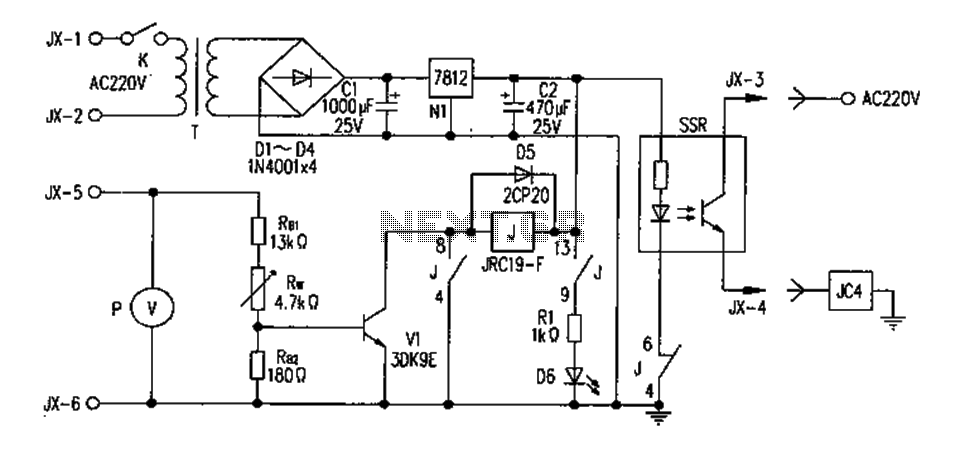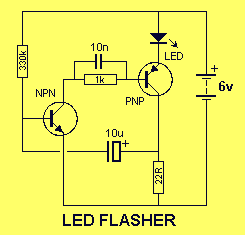
Adjustable DC power supply circuit
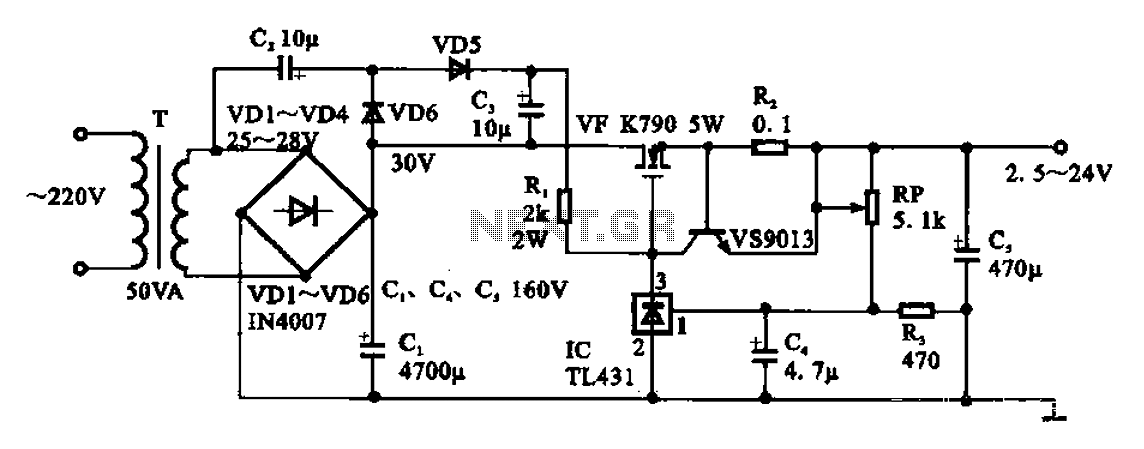
An adjustable DC power supply circuit is presented, consisting of a step-down transformer (T), a rectifier bridge (VD1 to VD4), and additional components. The voltage regulator circuit includes an adjustment potentiometer (RP, 5.1 kΩ), allowing the output voltage to vary between 2.5 V and 24 V.
The adjustable DC power supply circuit is designed to provide a stable output voltage that can be tailored to meet specific requirements. The circuit begins with a step-down transformer, which reduces the input AC voltage to a lower AC voltage suitable for rectification. The transformer is selected based on the desired output voltage and current specifications.
Following the transformer, a rectifier bridge composed of four diodes (VD1 to VD4) converts the AC voltage to pulsating DC. The rectifier bridge is configured in a full-wave arrangement, ensuring efficient conversion and minimizing ripple voltage. The output from the rectifier is then smoothed using a capacitor to reduce voltage fluctuations, providing a more stable DC voltage.
The heart of the circuit is the voltage regulator, which maintains the output voltage at the desired level despite variations in input voltage or load current. The adjustment potentiometer (RP, 5.1 kΩ) is connected to the voltage regulator, allowing users to fine-tune the output voltage within a range of 2.5 V to 24 V. This feature is particularly useful for applications requiring different voltage levels, such as powering various electronic devices or experimental setups.
For optimal performance, careful consideration should be given to the selection of components, including the transformer rating, diode specifications, and capacitor values. Additionally, heat dissipation must be addressed, particularly in the voltage regulator, to prevent thermal shutdown or damage.
Overall, this adjustable DC power supply circuit is a versatile solution for providing variable DC voltages, suitable for a wide range of electronic applications.Adjustable DC power supply circuit Shows an adjustable DC power supply circuit, which is composed of step-down transformer T, rectifier bridge pile (VD1 ~ VD4) and other parts of the voltage regulator circuit, the adjustment potentiometer RP (5.i kfl), the output voltage varies between 2.5-24 V.
The adjustable DC power supply circuit is designed to provide a stable output voltage that can be tailored to meet specific requirements. The circuit begins with a step-down transformer, which reduces the input AC voltage to a lower AC voltage suitable for rectification. The transformer is selected based on the desired output voltage and current specifications.
Following the transformer, a rectifier bridge composed of four diodes (VD1 to VD4) converts the AC voltage to pulsating DC. The rectifier bridge is configured in a full-wave arrangement, ensuring efficient conversion and minimizing ripple voltage. The output from the rectifier is then smoothed using a capacitor to reduce voltage fluctuations, providing a more stable DC voltage.
The heart of the circuit is the voltage regulator, which maintains the output voltage at the desired level despite variations in input voltage or load current. The adjustment potentiometer (RP, 5.1 kΩ) is connected to the voltage regulator, allowing users to fine-tune the output voltage within a range of 2.5 V to 24 V. This feature is particularly useful for applications requiring different voltage levels, such as powering various electronic devices or experimental setups.
For optimal performance, careful consideration should be given to the selection of components, including the transformer rating, diode specifications, and capacitor values. Additionally, heat dissipation must be addressed, particularly in the voltage regulator, to prevent thermal shutdown or damage.
Overall, this adjustable DC power supply circuit is a versatile solution for providing variable DC voltages, suitable for a wide range of electronic applications.Adjustable DC power supply circuit Shows an adjustable DC power supply circuit, which is composed of step-down transformer T, rectifier bridge pile (VD1 ~ VD4) and other parts of the voltage regulator circuit, the adjustment potentiometer RP (5.i kfl), the output voltage varies between 2.5-24 V.
Warning: include(partials/cookie-banner.php): Failed to open stream: Permission denied in /var/www/html/nextgr/view-circuit.php on line 713
Warning: include(): Failed opening 'partials/cookie-banner.php' for inclusion (include_path='.:/usr/share/php') in /var/www/html/nextgr/view-circuit.php on line 713
